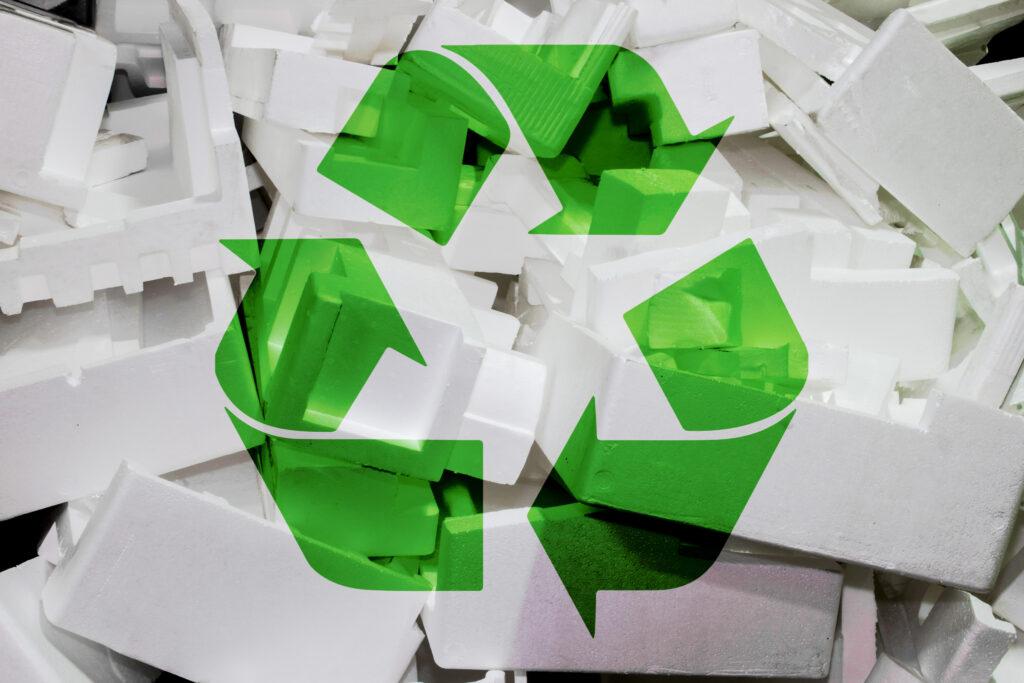Early Warning Systems and Climate Change
In March 2019, Tropical Cyclone Idai tore through Mozambique, killing 600 people and injuring many more. The devastating storm destroyed 20 000 homes and 700 000 hectares of crops.
In 2023, an even stronger storm arrived, but this time, Mozambique was prepared. Days before Tropical Cyclone Freddy (which was also the longest-lasting cyclone in history), Mozambicans were packing their bags and taking shelter on higher ground. Mozambique’s new early warning system helped thousands of people escape the worst of the weather.
How Early Warning Systems Work
An early warning system alerts people of extreme weather before it arrives. It warns the public about heavy rains, wind, flooding, or heatwaves to make sure everyone is well prepared. The goal is to protect people from injuries and prevent loss of life. Early warnings are a crucial first line of defence.
However, in Africa, only 40% of people have access to them.
This gap in early warning coverage is often due to underdeveloped communication infrastructure. Delivering weather alerts becomes challenging in places with limited cell signal or internet speed, such as rural villages. Early warning systems also need a connection to real-time weather data and the ability to share that data quickly.
Here are the three stages of an early warning system:
- Monitor the weather. Satellites capture images of approaching storms in real time. Sensors monitor ground movement, ocean currents, and rising water levels in rivers and streams.
- Compare with historical records. Meteorologists use previously collected weather data to identify patterns and predict the intensity and location of upcoming weather events.
- Communicate with the public – send out a mass SMS or social media alert. Communicate with radio stations and news channels to share the warning with the public.
Examples of Early Warning Systems
- Watch Duty
Watch Duty is an American early warning system built by residents of California. The app provides real-time updates on wildfires using data from 911 calls and firefighting radio channels. A team of volunteers compiles emergency alerts from official sources and monitors wildfires until they are extinguished.
- Sachet
Sachet is a mobile app built by the National Disaster Management Authority of India. The app alerts citizens of natural disasters and is available in 12 regional languages. Sachet also provides emergency contact numbers to its users and tips for staying safe during extreme weather.
- S!REN
S!REN is the national disaster warning system of Denmark. Created in 2022, the government-funded system sends out cell phone notifications to the public to alert them of building storms and dangerous weather. It is free for everyone and does not require an app download, but rather sends notifications to all cell phones on the network.
Early Warning Systems in South Africa
Our early warning system is run by The South African Weather Service (SAWS). Meteorologists monitor the weather and send out alerts to news channels when heavy winds, rain, or heat is approaching. SAWS also posts alerts on social media and its official app, WeatherSmart.
These alerts are colour coded and numbered to make them easier to understand.
- Yellow alerts (level 1 – 4) signal weather that will cause some disruption.
- Orange alerts (level 5 – 8) are more dangerous and can cause significant harm.
- Red alerts (levels 9 and 10) warn us about severe weather that could be deadly.
Right now, weather alerts come through radio, TV, and social media. They are not always received in time in rural communities, and work is being done to make them more accessible.
Support the Early Warnings for All Initiative
Early Warnings for All (EW4All) is a global initiative that aims to get every person on earth covered by an early warning system by the end of 2027. South Africa is a signatory of this initiative.
The goal is to set up multi-hazard early warning systems that reach even the most remote communities to protect people from weather-related disasters. Early Warnings for All has four pillars:
- Disaster risk knowledge
- Detection, observation, monitoring, analysis, and forecasting
- Warning dissemination and communication
- Preparedness and response capabilities
While many nations still lack comprehensive warning systems, there has been great progress in recent years. According to the World Meteorological Organization, 55% of countries now have multi-hazard early warning systems in place. In 2015, that number was only 26%.
Business Engagement with Early Warning Systems
Early warning systems are not only about protecting human lives – they also protect property and infrastructure from extreme weather. A natural disaster can be devastating to a country’s economy. Tropical Cyclone Idai, for example, caused 1.4 billion US dollars’ worth of damages.
It is therefore in every business owner’s best interest to support early warning system development. In 2018, an IBM survey uncovered that 50% of businesses worldwide say weather insights give them competitive advantage. This is particularly important in logistics, agriculture, and insurance.
Early warning systems can also create business opportunities. Becoming a vendor of hardware, software, or data can help you position your business as a leader in sustainable innovation.
Join the Climate Response with eWASA
Time and time again, early warning systems have proven to save lives and protect economies. Climate change has made natural disasters more frequent and more intense in many parts of the world, some of which with very limited emergency resources.
You can support the Early Warnings for All initiative by raising awareness online or donating through your business or household. Contact eWASA for more information or to join our network of responsible producers.
SOURCES:
- https://reliefweb.int/report/mozambique/mozambique-tropical-cyclones-idai-and-kenneth-emergency-appeal-ndeg-mdrmz014-final-report
- https://www.un.org/en/climatechange/science/key-findings#earlywarnings
- https://www.enca.com/news-top-stories/understanding-sas-weather-warnings-alert-system
- https://earlywarningsforall.org/site/early-warnings-all
- https://library.wmo.int/records/item/69085-global-status-of-multi-hazard-early-warning-systems-2024
- https://reports.weforum.org/docs/WEF_Catalysing_Business_Engagement_in_Early_Warning_Systems_2025.pdf


